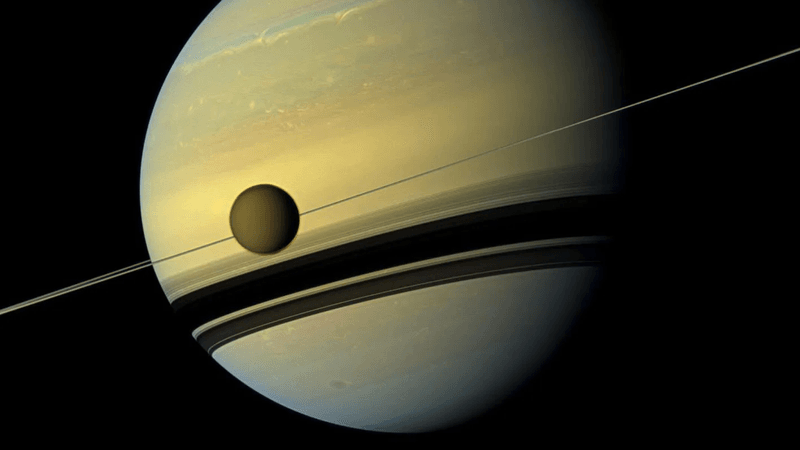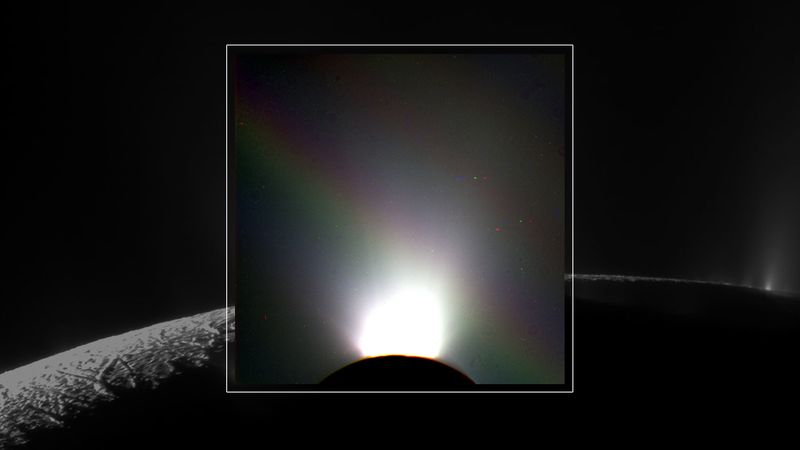SpaceX's Starship continues to explode, and this latest event didn’t even take place in the air.
The rest of this article is behind a paywall. Please sign in or subscribe to access the full content.Starship 36 was not scheduled to fly just yet – it was undergoing a static fire test of the engines. A static fire is when a rocket is locked down and can't fly as its engines are fired up for a brief moment. This was ahead of Starship flight test 10, and it is now unclear as to when that test will happen.
“On Wednesday, June 18 at approximately 11 p.m. CT, the Starship preparing for the tenth flight test experienced a major anomaly while on a test stand at Starbase. A safety clear area around the site was maintained throughout the operation and all personnel are safe and accounted for,” SpaceX said in a statement issued on X.
“Our Starbase team is actively working to safe the test site and the immediate surrounding area in conjunction with local officials. There are no hazards to residents in surrounding communities, and we ask that individuals do not attempt to approach the area while safing operations continue.”
Wednesday's explosion is just the latest in a series of Starships that have experienced “rapid unscheduled disassembly”, the euphemism that SpaceX loves to use when one of its rockets explodes. Flight 7 and Flight 8 ended up with explosions of Starship just minutes after launch, raining debris onto Caribbean islands. In Flight 9, Starship managed to get back to space, but the craft was lost in reentry.
Online commentators have pointed out how the fireball from Starship 36 appears to have affected the fueling tank farm next to the test facility. In the video, secondary explosions are seen happening after the initial one. According to the website NASASpaceflight (unaffiliated with NASA), which streamed the incident live, the booster for the third iteration of Starship was also in the area, meaning that this event could have set back SpaceX by many months.
Starship is crucial to the human return to the Moon. The vehicle is supposed to ferry astronauts from lunar orbit to the lunar surface in Artemis III. For that to happen, Starship needs to demonstrate that it is a safe and reliable vehicle, but this string of failures from Elon Musk's company will likely delay the next Moon landing.
And that is not all. Musk recently presented his bombastic plan to not only send an uncrewed Starship to Mars, but to bring humans there and build a city. According to his timeline, by November 2026, they’d launch the first uncrewed mission to Mars, with the possibility that in 2028, there might be humans on board.
Starship has not demonstrated that it is capable of landing safely back on Earth, let alone travel interplanetary distances with a crew on board, land on another planet, and then bring them back to Earth.
The scale of the damage from this latest incident remains unclear, as does when SpaceX will attempt a new launch of Starship.




